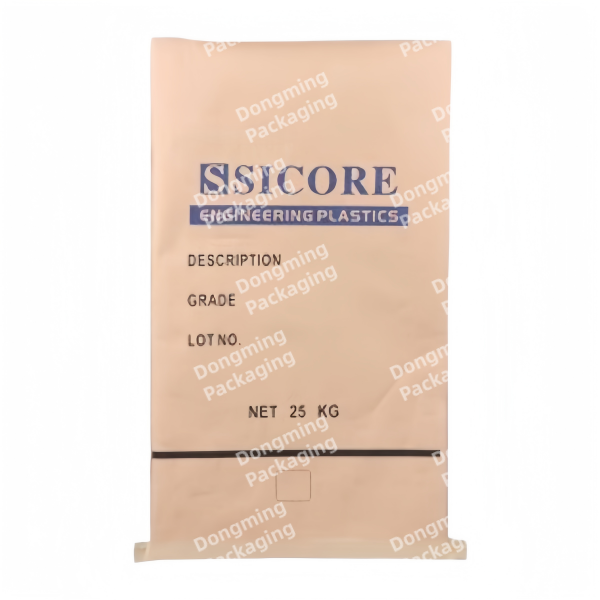Kraft paper is a tough, water-resistant packaging paper, brownish-yellow in color, with a wide range of uses. It is commonly used to make paper bags, envelopes, notebooks, record sleeves, file folders, and sandpaper. Its basis weight ranges from 80 g/m² to 120 g/m², and it is available in rolls and sheets, and in single-sided, double-sided, and striped varieties. The main quality requirements are flexibility, strength, high burst strength, and the ability to withstand significant tensile and compressive forces without breaking. Kraft paper has high tensile strength and comes in single-sided, double-sided, striped, and untextured varieties. It is mainly used for packaging paper, envelopes, paper bags, and printing press cylinder linings.
Kraft paper typically retains its natural yellowish-brown color, making it suitable for bags and packaging. Depending on its properties and uses, kraft paper has various different applications. Kraft paper is a general term for a type of paper and does not have a fixed standard; it is generally classified according to its properties and uses.

Kraft paper is a general term and is not strictly defined; it is generally classified according to its properties and uses. Kraft paper can be categorized by color as follows: unglazed kraft paper, red kraft paper, white kraft paper, matte kraft paper, single-sided kraft paper, and two-color kraft paper.
According to its use, kraft paper can be categorized as follows: packaging kraft paper, waterproof kraft paper, moisture-proof kraft paper, rust-proof kraft paper, pattern-making kraft paper, processing kraft paper, insulating kraft paperboard, and kraft paper stickers.
Based on its material, kraft paper can be categorized as follows: recycled kraft paper, kraft core paper, kraft base paper, rough-surface kraft paper, waxed kraft paper, wood pulp kraft paper, and composite kraft paper.


